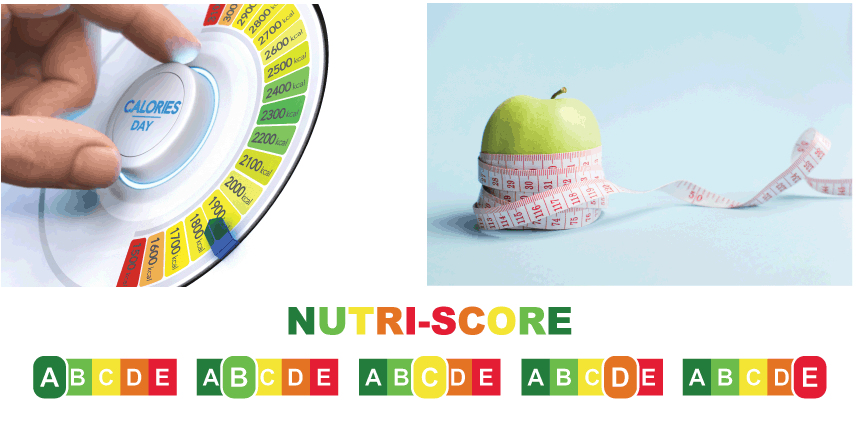 Many customers rely heavily on food product labels as their main source of knowledge on the meals and goods they consume. Because of this, it's critical that these labels are dependable and that businesses are held responsible for the claims made.
Many customers rely heavily on food product labels as their main source of knowledge on the meals and goods they consume. Because of this, it's critical that these labels are dependable and that businesses are held responsible for the claims made.
So, let’s take a look at the history of food labelling regulations in the UK.
The History of Nutrition Food Labelling
1991 – Dietary Reference Values
The first type of food labelling was introduced in 1991 titled Dietary References Values. Expert Working Groups established Dietary Reference Values (DRVs) for energy, protein, fats, sugars, starches, non-polysaccharides (NPS), 13 vitamins, 15 minerals, and 18 other minerals. They were established by the panel on DRVs, which was established in 1987 by the Committee on Medical Aspects of Food Policy.
1996 - Daily Guideline Intakes
Daily Guideline Intakes (DGIs) were the precursor to guidelines daily amounts (GDAs) and were used by the UK Ministry of Agriculture, Fisheries, and Food (MAFF), which is now the Food Standards Agency (FSA). At first, they were set at grammes of fat, saturates (saturated fat), sodium, sugar, and fibre for both men and women each day.
1998 – Guideline Daily Amount’s (GDA)
In 1998, a set of GDA’s were established for labelling reasons. This was done to convey the government’s nutrient consumption recommendations in a way that could then be utilised as part of the nutrition information on the back of food packages.
Based on the recommendations of the 1991 Committee on Medical Aspects of Food and Nutrition Policy (COMA) report, the UK government, consumer organisations, and the food industry collaborated to establish values for calories, fat, and saturated fat for men and women. These values were managed by the Institute of Grocery Distribution (IGD).
2004 – ‘Choosing Health’ Whitepaper
Outlined in the 2004 government white paper "Choosing Health," reducing obesity was one of the seven top priorities for enhancing the country's health. Calling for the provision of better food labelling was one of the activities mentioned.
2005 – Shops begin displaying GDAs
In 2005, the Institute of Grocery Distribution (IGD) made the decision to examine and expand the GDAs created in 1998, and to form a new technical committee, with members from the Food and Drink Federation, and scientific experts (FDF). Following this, a GDA plan for children in four age groups as well as for adult males and females emerged.
A different IGD communications group investigated GDA formats and paid for research on the best GDA back-of-pack system. A document titled Best Practice Guidance was published with the conclusions of the IGD deliberations.
When IGD issued its GDA values, many shops began to display the GDAs for calories, sugars, fat, saturates (saturated fat), and salt on the back of product packaging. As a result, two thirds of respondents to an IGD poll in 2005 reported having seen the phrase GDA on food goods. This meant that the "guide to the quantity of nutrients a person should be eating in a day" was accurately identified by more than two thirds of those who had heard the term GDA.
2006 – New GDAs introduced
Based on Eurodiet recommendations, the Confederation of the Food and Drink Industries (now FoodDrinkEurope) introduced a set of GDAs for the EU in 2006. The European Commission-funded Eurodiet project offered a framework for national food-based dietary targets and an action plan for creating European dietary recommendations.
The Food and Drink Federation (FDF) also coordinated a campaign for food producers that year, with the goal of assuring consistency and creating messaging for the potential uses of front of pack GDAs.
2007 – Reliable food health information released
In 2007, the Commission of the European Communities published a white paper including a strategy for Europe on nutrition, overweight, and obesity-related health issues. The paper emphasised the need of providing consumers with access to accurate, reliable, and evidence-based information.
The Commission underlined in its consumer policy strategy for 2007–2013, that empowering consumers to make informed decisions was crucial for both healthy competition and consumer welfare.
2009 - The European Food Safety Authority (EFSA) provides scientific opinion
Two years later in 2009, the European Food Safety Authority (EFSA) provided its scientific opinion on the labelling intake values suggested in the draught Food Information Regulation in response to a request from the European Commission. Significantly, the viewpoint supported the principles that the food business today upholds.
2012 – Updated Regulation on Food Information to Consumers released
The updated Regulation on Food Information to Consumers was released in the EU Official Journal in November 2012.
Keep Your Consumers Informed with Label Source
Here at Label Source, we have a wide range of adhesive labels to help you keep your consumers informed on all ingredients, allergens and nutritional facts on your food products.